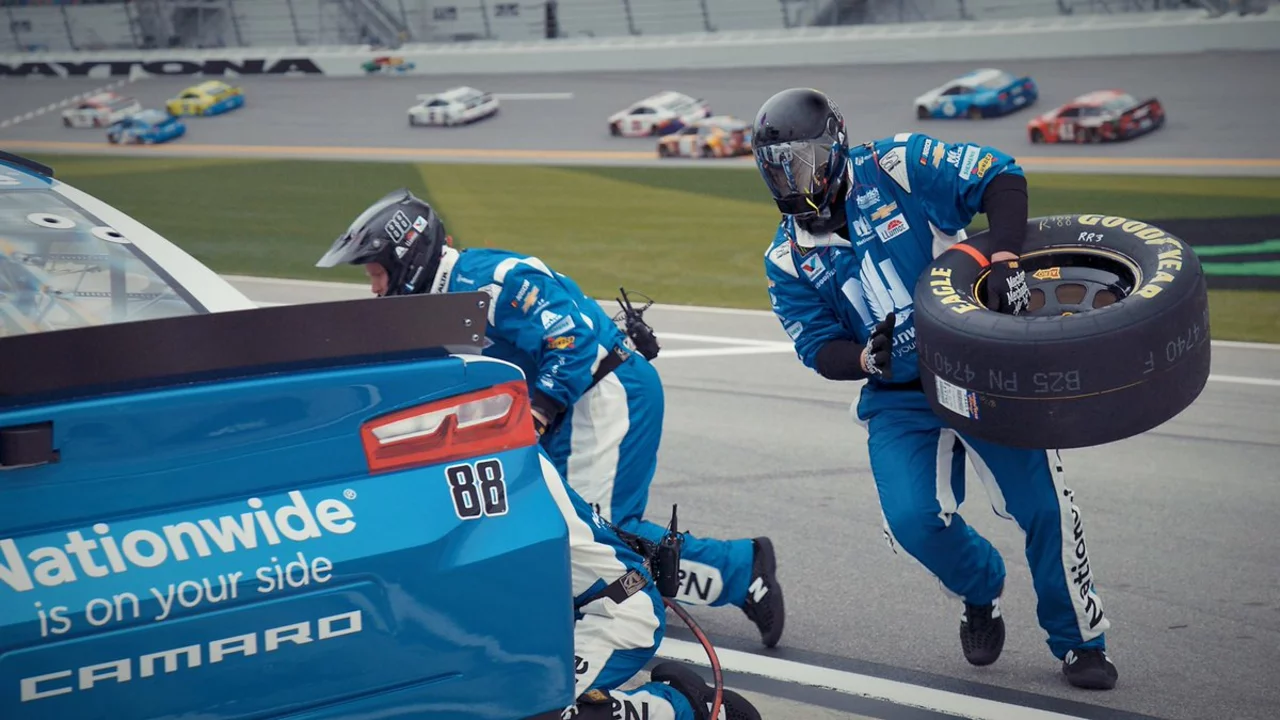Motorsport Preparation: How to Get Ready for the Track
Got a race coming up and wondering what you need to do before you fire up the engine? It’s not just about polishing the car – you need a plan that covers your body, mind, and the machine. Below are the everyday steps that real racers use to stay sharp and safe on the circuit.
Physical and Mental Prep
First off, treat your body like the most important part of the team. A simple routine of cardio, core work, and neck exercises can make a huge difference when you’re battling G‑forces. Try 30 minutes of running or cycling three times a week, and add a set of planks and shoulder shrugs before each session. It doesn’t have to be fancy – just consistent. Equally vital is mental focus. Visualization helps you rehearse corners, braking points, and overtaking moves without even being on the track. Spend five minutes each night picturing the lap line, the feeling of the throttle, and how you’ll handle any surprise. A calm mind cuts down reaction time and keeps mistakes low.
Car and Gear Check
Now let’s talk about the car. Start with a quick visual inspection: look for any cracked hoses, worn brake pads, or loose bolts. Change the oil if it’s due, and double‑check coolant levels – overheating can ruin a whole weekend. Tires deserve special attention; verify the pressure matches the manufacturer’s recommendation for the track temperature, then walk around them to feel for any cuts or uneven wear. Safety gear is non‑negotiable. Your helmet should be up to date, with a clear visor and a snug fit. Suit, gloves, and boots must be clean and in good condition. Replace any worn padding or stitching. A quick fit‑check before each session ensures you won’t be distracted by loose gear when you’re pushing the limits.
Don’t forget the small stuff that can cause big headaches later. Pack spare spark plugs, a set of tire levers, and a basic tool kit in your pit area. Keep a notebook or a phone app handy to record lap times, tyre temps, and any odd noises you hear. Those notes become priceless when you’re tweaking the setup between practice runs.
When you arrive at the circuit, give yourself time to walk the track. Notice the surface, the gradient in each corner, and where the wind hits the car. Even a quick lap at a low speed helps you lock in the feel of the pavement. Talk to the locals – they often know hidden bumps or the best line through a tricky sector. Finally, plan your schedule. Block out time for warm‑up, a few practice laps, a short break, and then a focused final run. Staying on a routine keeps your body and mind in rhythm, making those crucial last‑minute adjustments easier.
Ready to roll? Follow these steps and you’ll walk onto the start line feeling prepared, confident, and ready for any challenge the track throws at you.
